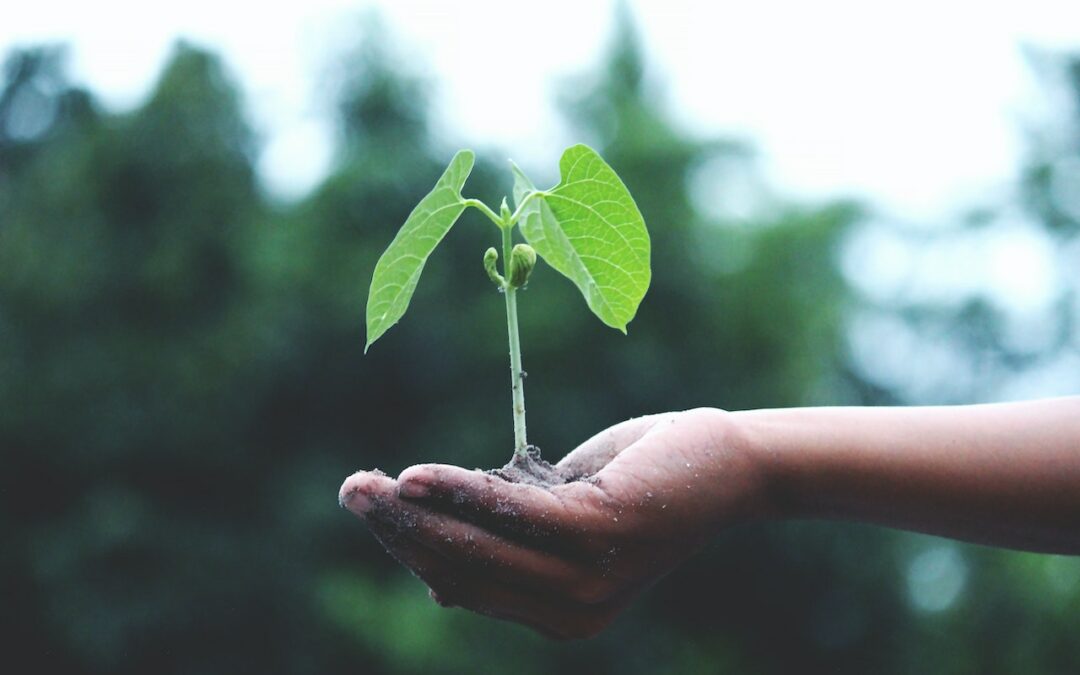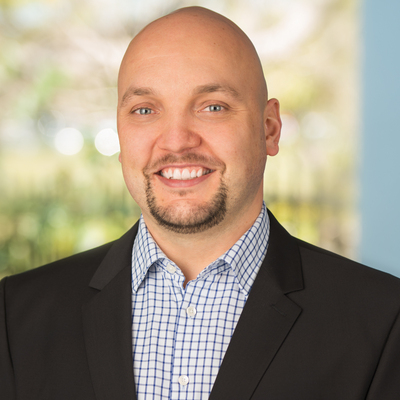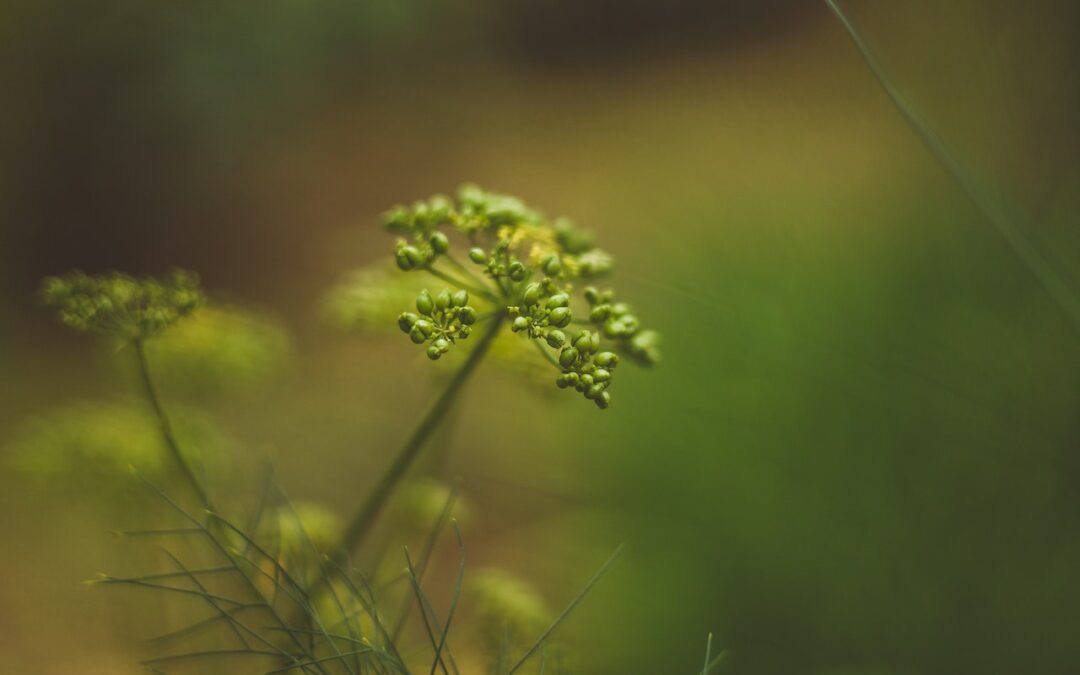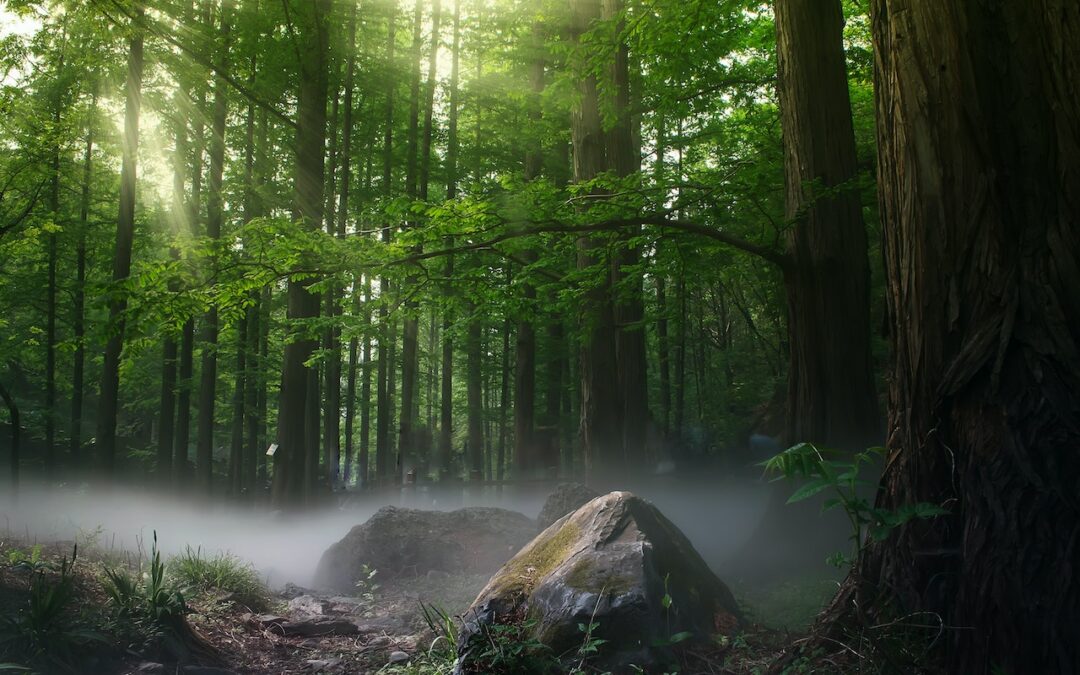
by Komoneed | Jul 12, 2024
Queensland’s Miles government has announced a $50 million quantum technology program for the state, which among other objectives has the aim of speeding decarbonisation.
The $50m in funding covers five competitive grant programs directed at: aiding decarbonisation; enhancing quantum technology applications; attracting investment and collaboration; developing a skilled workforce; and promoting quantum-based innovations in sportstech in preparation for the Brisbane 2032 Olympic and Paralympic Games.
These five programs form part of the Queensland Quantum and Advanced Technologies Strategy, a $83.7m investment over five years laid out in the state government’s 2024–25 Budget. They include a $10 million Quantum Decarbonisation Mission to accelerate the development and application of quantum technologies with the potential to make significant contributions to decarbonisation.
“By establishing Queensland as the ‘Quantum State’, we lay the foundation for an economy that is resilient and innovative, poised to harness the full potential of quantum and advanced technologies for a sustainable and prosperous future,” said Queensland Chief Scientist Professor Kerrie Wilson.
Quantum science is the study of particles and energy at the sub-atomic scale. The applications of quantum technologies are wide-ranging and include computing, precision measurement, communications and health. Many fields stand to benefit from this technology, including environmental sustainability.
The Queensland Quantum and Advanced Technologies Strategy also encompasses compound semiconductors, superconductors, photonics and micro-electromechanical systems (MEMS). These technologies underpin the design and manufacture of quantum devices, but can also be useful for non-quantum products such as semiconductor-based components used in renewable energy applications.
“This budget allocation and the launch of these five grant programs affirms our commitment to advancing quantum technology and positioning Queensland as a provider of deep technology solutions for global opportunities and challenges,” said Minister for Innovation and Science Leanne Linard.
“These new grant programs further cement Queensland’s reputation as a global leader in quantum, attract and retain skills in quantum science and use quantum technologies to help solve challenges such as improved renewable energy technologies and combating climate change.
“I am particularly excited by the potential of this technology to accelerate Queensland’s decarbonisation efforts and make leaps in sports technology,” Linard said.
For more details on each of the five grant programs, visit: https://science.desi.qld.gov.au/industry/funding.
Image credit: iStock.com/sakkmesterke

by Komoneed | Jul 12, 2024
International sustainability and engineering consultancy Cundall has announced two significant environmental, social and governance (ESG) appointments.
Madlen Jannaschk (pictured) will step into the role of ESG Director for the global business, a new position that will lead the evolution and implementation of the consultancy’s own ESG policies, action and reporting. In the Asia–Pacific region, ESG expert and accredited carbon auditor Alex Stathakis will join the Australian business as Associate – ESG.
Jannaschk previously held the role of ESG Lead for Asia–Pacific, achieving significant milestones for the business, including the first formal Climate Active certification for a property sector services provider. She has also led the development of sustainability and decarbonisation strategies for clients including government departments, private health sector trusts, construction companies and commercial services organisations.
“The success of our work with clients demonstrates the importance of having measurable targets, verifying milestones and continually looking for opportunities to improve,” Jannaschk said.
“In my new role, I will be working across the business to ensure Cundall as an organisation continues to progress our own ESG commitments, embedding them in every aspect of our internal practices and equipping all our people to share the lessons we learn with clients and the wider industry.”
“Madlen brings enormous passion and a vast body of knowledge to her new role, including ensuring Cundall’s policies, practices and systems align with global and all relevant local standards such as the EU Taxonomy, the ISSB mandatory reporting standards and Science Based Targets,” said Cundall Managing Partner Carole O’Neil. “Just as many of these major policy and regulatory initiatives touch our clients and their work, they also apply to us, and we are taking the lead on demonstrating best practice.”
Alex Stathakis.
With qualifications including Bachelor of Business Management, Master of Business and Master of Technology & Innovation Management, Stathakis has a substantial track record across corporate, infrastructure and the finance sectors. He is also one of a handful of approved Airport Carbon Accreditation verifiers in the Asia–Pacific region.
Australia Managing Director David Collins said Stathakis’s appointment reflects a rapid uptick in demand for tangible ESG credentials and credible reporting.
“There are two big forces at work in the Asia–Pacific region — the push factor of regulatory shifts in relation to mandatory disclosure of climate impacts and other ESG matters such as modern slavery compliance and social value metrics, and the pull factor of continued growth in infrastructure, transport, industrial and data centre developments,” Collins said.
“Alex brings a wealth of experience in delivering the meaningful strategies that embed best practice ESG as business as usual.”
Stathakis said he was excited to engage with Cundall’s global technical and engineering expertise.
“Cundall’s global reach and extensive resources will enable me to provide advanced technical emissions reduction solutions that go beyond typical offerings. I will be delivering practical greenhouse gas abatement solutions, including strategies for challenging sectors such as aviation,” he said.

by Komoneed | Jul 12, 2024
Leaders in North America and Europe are seeing significant backlash against sustainability and ESG, according to a GlobeScan/ERM survey.

by Komoneed | Jul 12, 2024
Oregon is now beginning this year’s fire season, and southwest Oregon will likely be inundated with days and weeks of deadly smoke. It’s been happening most summers sometime from June until October since 1987. For the first 40 years of

by Kate Mothes | Jul 12, 2024
As glaciers expand and recede, they have the capacity to grind rock so fine that geologists refer to the pulverized material as glacial flour. It slips down rivers and into lakes, carrying the otherworldly turquoise hue through a unique and resilient ecosystem. In Iceland, the blue-green color is complemented by rivers that flow yellow, thanks to sulfur from nearby volcanoes, or red from dissolved ferrous iron—also known as bog iron. Coursing over rock and black sand, the streams take on dazzling, rhythmic patterns. More
Do stories and artists like this matter to you? Become a Colossal Member today and support independent arts publishing for as little as $5 per month. The article Relax to Mesmerizing Aerial Views of Iceland’s ‘Glacial Flour’ Pulsing Through Waterways appeared first on Colossal.





